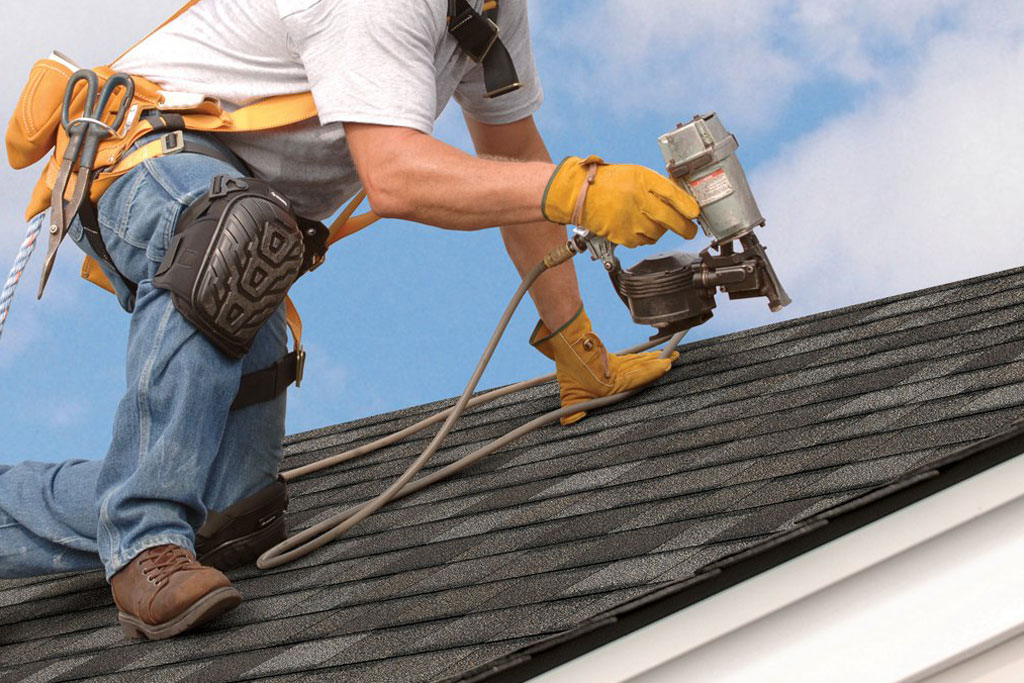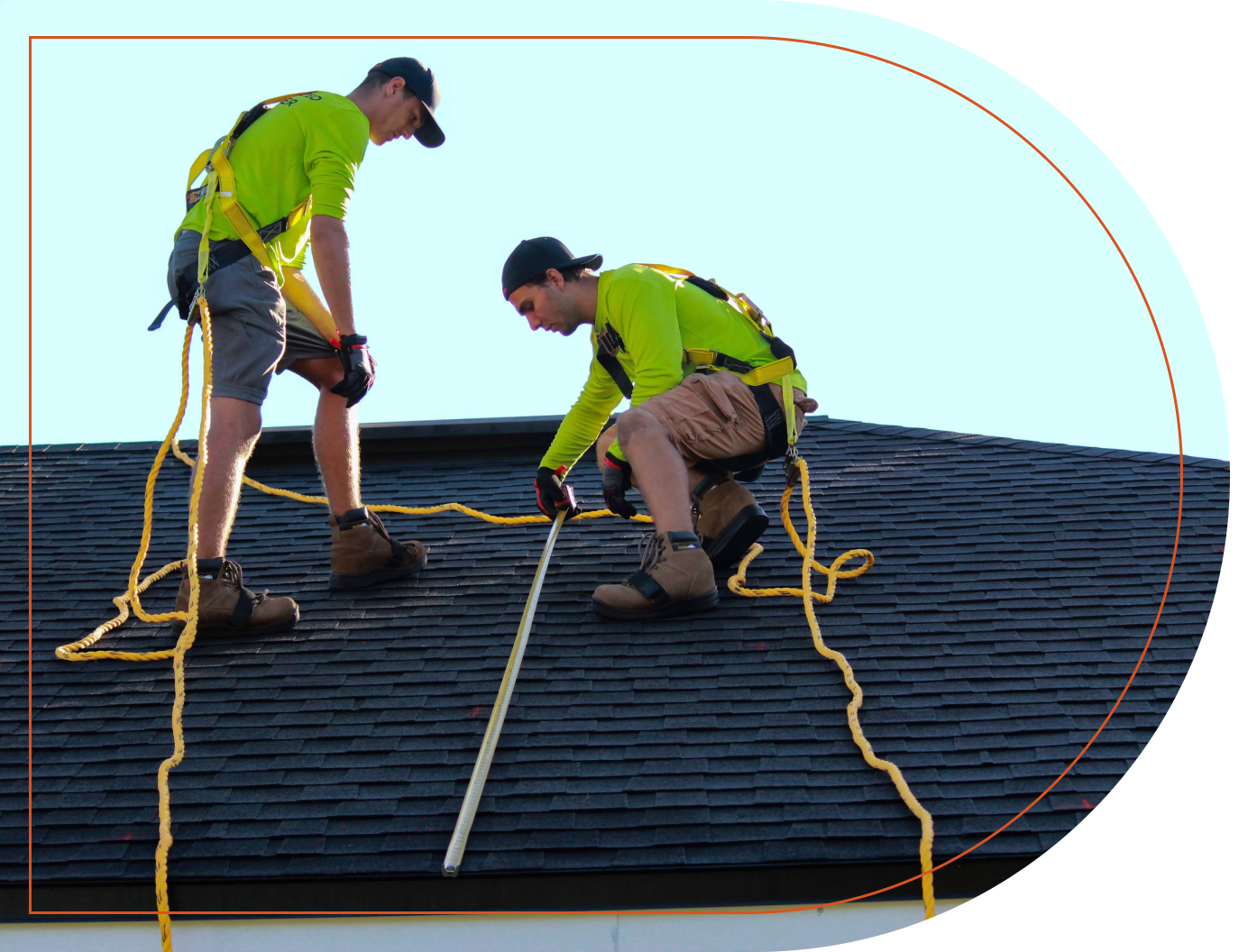A Comprehensive Guide to Effective Roof Covering Flat Roofing System Installation
The intricacies of flat roofing installment need a thorough strategy, starting with a thorough understanding of various flat roof types and the vital materials needed for ideal performance. A successful installment pivots not just on the choice of materials yet likewise on the prep work and implementation of each action involved in the process.
Recognizing Apartment Roofing System Kind
When thinking about flat roof coverings, it is necessary to comprehend the various types readily available, as each deals distinctive advantages and negative aspects tailored to specific needs. One of the most typical sorts of level roofs include Built-Up Roof covering (BUR), Customized Asphalt, and Single-Ply membrane layers.
Built-Up Roofing consists of numerous layers of asphalt and crushed rock, offering exceptional longevity and climate resistance. It is especially advantageous in areas susceptible to extreme weather but may require even more upkeep because of its intricate building.
Changed Bitumen is a preferred option for its ease of setup and versatility. It commonly uses a torch-applied or self-adhesive technique, which can be beneficial for quick repairs and long-term efficiency. Its lifespan can be much shorter compared to BUR.
Single-Ply membrane layers, consisting of Thermoplastic Olefin (TPO) and Ethylene Propylene Diene Monomer (EPDM), are acknowledged for their light-weight nature and energy performance. These products are typically chosen for industrial buildings as a result of their cost-effectiveness and ease of setup (Cleveland Roofing Specialists). They might not provide the same degree of insulation as various other options.
Each roof covering type needs careful consideration based on climate, budget plan, and particular task demands.
Necessary Products for Apartment Roofing
A variety of vital materials are crucial for the effective installation of flat roof. The option of products directly influences sturdiness, efficiency, and overall efficiency.
Among the primary materials is the roof covering membrane layer, which can be constructed from different materials such as thermoplastic polyolefin (TPO), ethylene propylene diene monomer (EPDM), or PVC. Each type supplies one-of-a-kind advantages, consisting of UV resistance and adaptability, which are crucial for extended performance.
Along with the membrane layer, insulation materials play a considerable duty in power performance. Stiff foam boards or polyisocyanurate insulation are popular choices, as they supply exceptional thermal resistance and wetness monitoring.
Moreover, roof covering adhesives and sealers are necessary for guaranteeing a water tight installment. These products need to work with the selected membrane to stop deterioration over time.
Planning For Setup
Correct preparation is essential for a successful flat roofing installment, as it lays the groundwork for a resilient and reliable roof system. Begin by performing a detailed inspection of the existing roofing framework. Try to find indications of damages, consisting of leaks, rot, or inadequate drainage, which could compromise the brand-new roof. Make sure that the hidden products are sound and can sustain the weight of the new roofing elements.
Next, collect all needed tools and products, making certain that they meet sector criteria. This consists of water resistant membrane layers, insulation, blinking, and bolts. Acquaint on your own with the maker's specs, as adherence to these guidelines is essential for service warranty objectives.
Consider weather conditions; prevent setup during hefty rain or severe temperatures, which can affect product efficiency. By taking these preparatory steps, you can improve the likelihood of a successful flat roofing system installation that satisfies both structural and visual needs.
Step-by-Step Installation Refine
With the groundwork developed with extensive preparation, the next phase involves performing the level roof setup systematically. This step is crucial for keeping the roof's stability over time.
Complying with the vapor obstacle installation, put down insulation boards, ensuring they fit tightly together to reduce Cleveland Roofing Specialists thermal connecting. Protect the insulation with suitable bolts based on the roofing type and local building regulations. When the insulation is in area, it's time to use the roofing membrane. Depending upon the selected product-- such as TPO, EPDM, or customized asphalts-- set up the membrane according to the producer's specifications.
Guarantee proper overlap at edges and seams to create a leak-proof seal. Use adhesives, mechanical fasteners, or warm welding as called for. Lastly, mount flashing around perimeters, vents, and any roofing system penetrations to improve waterproofing. After installment, conduct an extensive inspection to identify any type of prospective concerns prior to ending the project, making sure a durable and dependable flat roof covering system.
Maintenance Tips for Longevity
Regular maintenance is vital to ensure the longevity and efficiency of a level roofing system. Among the key jobs is to carry out regular assessments at the very least twice a year, ideally in spring and autumn. Throughout these inspections, try to find indications of wear, such as sores, fractures, or pooling water, which can show underlying problems.

Ensuring proper drainage is essential to stop water buildup. Check and clear gutters, downspouts, and scuppers to ensure unhampered water circulation. Furthermore, examine seals around vents, skylights, and various other penetrations for any indicators of deterioration, using caulk or sealer as required to keep a water tight barrier.
Lastly, take into consideration specialist maintenance solutions every couple of years for complete maintenances. By adhering to these upkeep tips, you can substantially extend the life of your level roofing system, guaranteeing it stays a trustworthy guard against the elements.
Conclusion
Reliable flat roofing setup requires a systematic method encompassing extensive assessments, product selection, and careful prep work. Sticking to the outlined actions during the setup process ensures the appropriate application of roof covering membranes and insulation while enhancing waterproofing via efficient blinking setup.
The details of flat roof covering setup need a meticulous approach, starting with an extensive understanding of different flat roof types and the crucial materials required for ideal performance.Correct preparation is crucial for an effective level roofing system setup, as it lays the foundation for a effective and long lasting roof system. After installment, carry out a detailed examination to identify any type of prospective issues prior to concluding the job, making certain a robust and trusted flat roof covering system.
